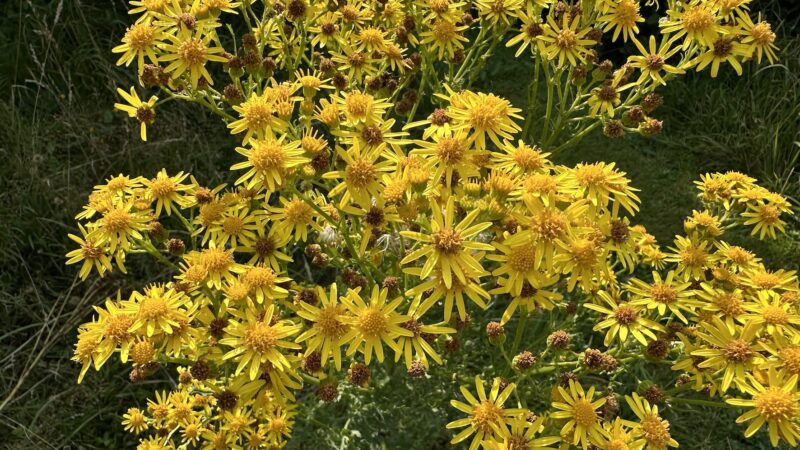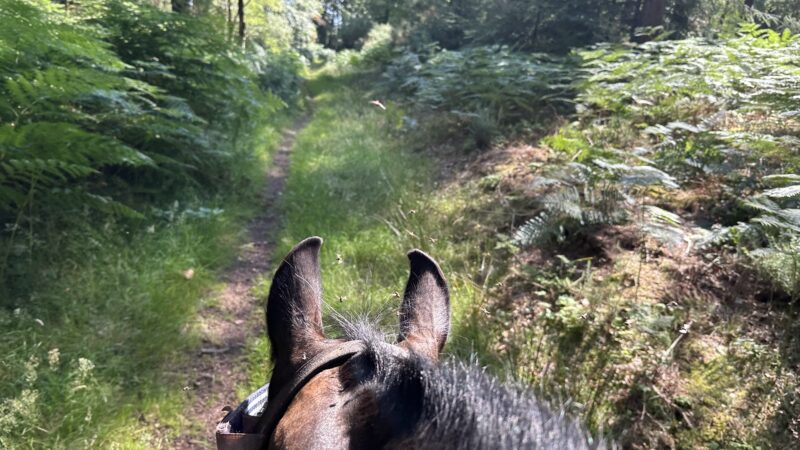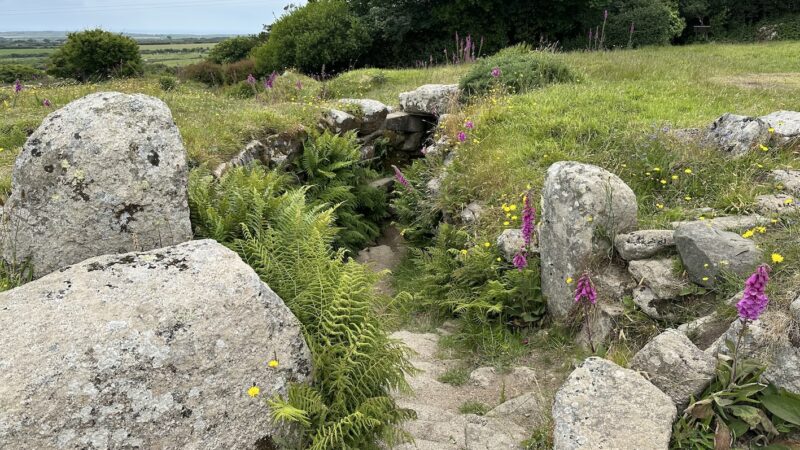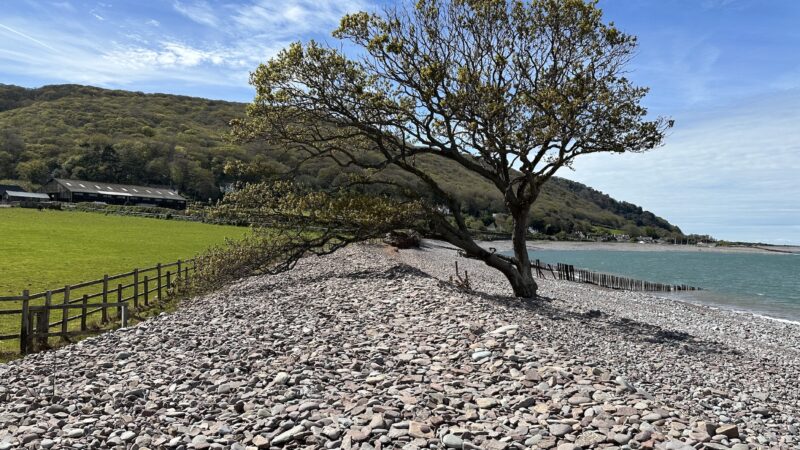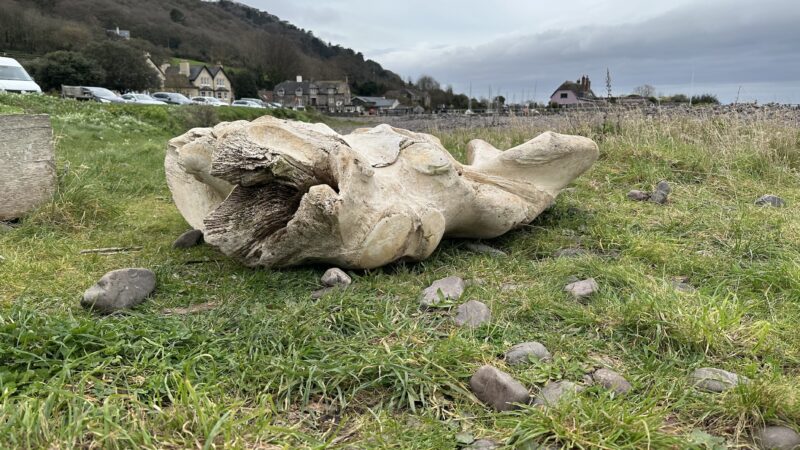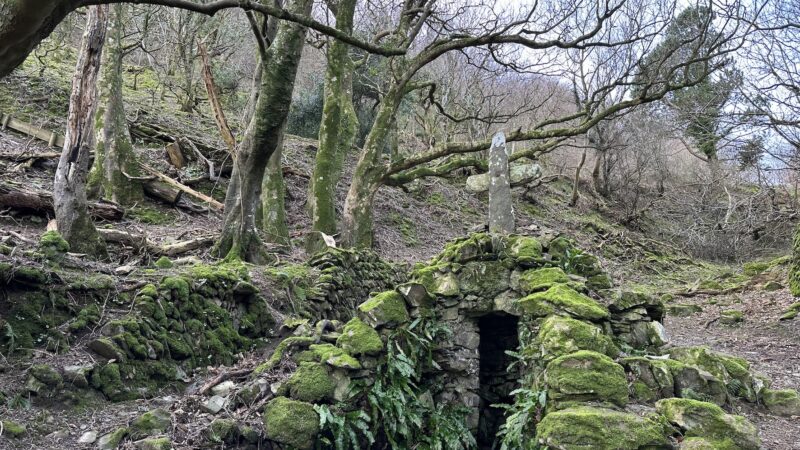The unmistakable smell – and sight – of a stinkhorn
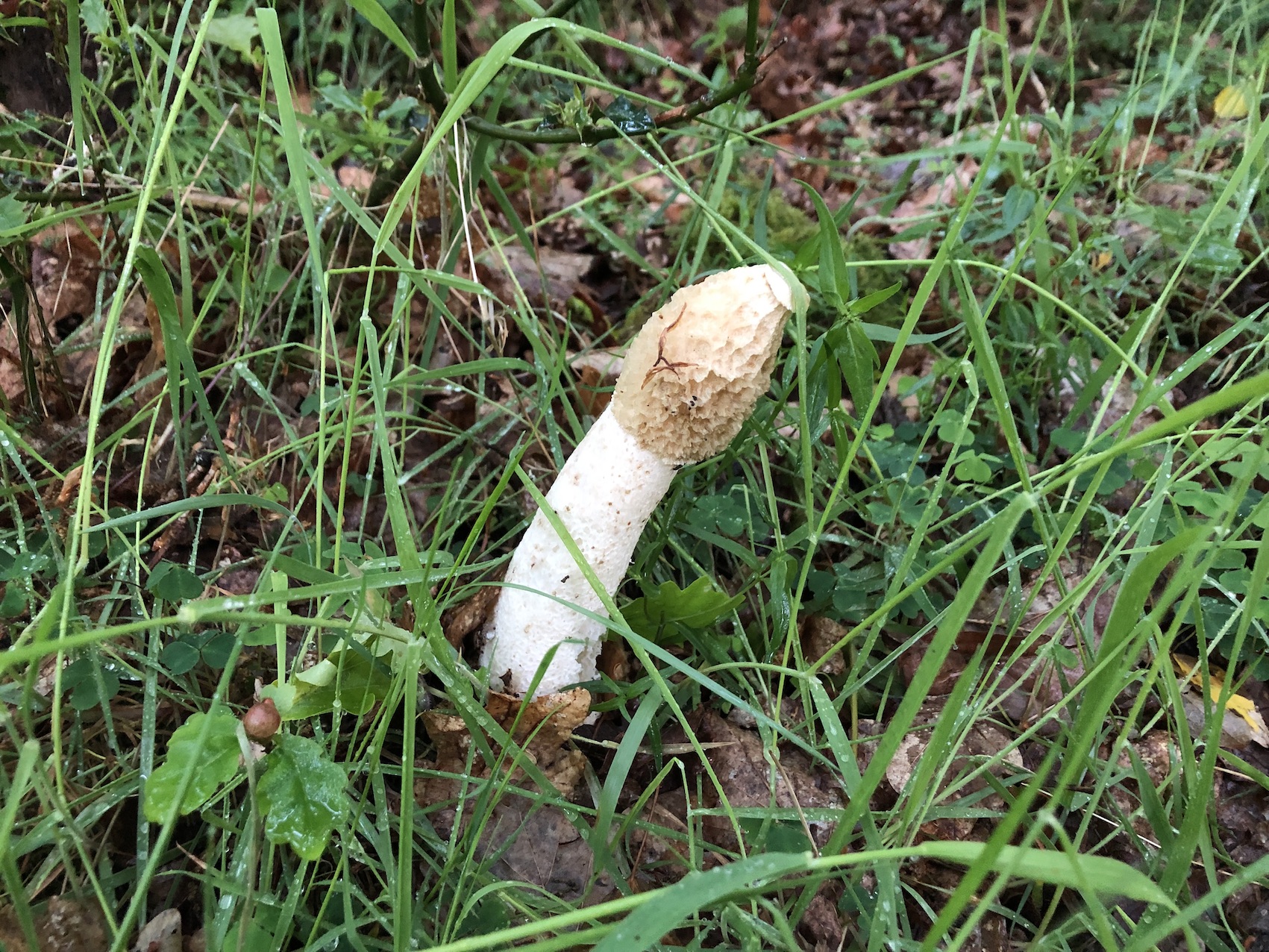
On a still, damp evening after rain, the woods above Horner Water are filled with sweetness. Clouds of scent hang across the path, and yet there are no obvious flowers. The shadowed ground beneath the trees is covered in leaf litter, with sparse clumps of grass, bracken croziers and etiolated whortleberry bushes.
The fragrance must be coming from the trees, but which ones? The oak catkins are over and there is no mountain ash or hawthorn nearby. And anyway, this is a supple, slightly spicy perfume, unlike the heavy, cloying pungency of may blossom.
A scattering of tiny, fallen, four-petalled flowers, white against the red earth, gives a clue. It must be the hollies (Ilex aquifolium) that smell so enchanting. This ride is full of them, their smooth silvery-grey trunks reaching up to dangling canopies of dark green. Close into the twigs, almost inconspicuous among the prickly leaves, there are tight clusters of flowers with yellow stamens, each inflorescence only a few millimetres across. Hollies are dioecious, meaning they are either male or female. Both bloom, but only females bear berries and only males are scented.
A little further along the path, there is a sudden whiff of decay, as if there were a hidden carcass rotting in the undergrowth. But scents can deceive – and here is a stinkhorn protruding from the bank, the aptly named Phallus impudicus.
Names for this common woodland fungus include “witch’s egg” because the fruiting body arises from a spherical egg-like structure. It’s also inevitably called “dead man’s cock” and has a long history as a folk medicine of dubious efficacy.
This specimen has yet to develop a full cap of olive-brown, smelly slime, or gleba, so the pong indicates that there must be other, riper ones nearby. The odour of rotting meat attracts blowflies and other insects, offering them a sugary treat full of spores. They then excrete the spores on dung or carrion, which helps to recycle nutrients.
Fascinating as this fungus is, it is good to leave its stench behind. It is soon replaced by aromatic wafts from a stand of mature Douglas fir, exuding resin from blisters on the scaly, fissured bark of their massive trunks.
First published in The Guardian’s Country Diary on 2 June 2022.
